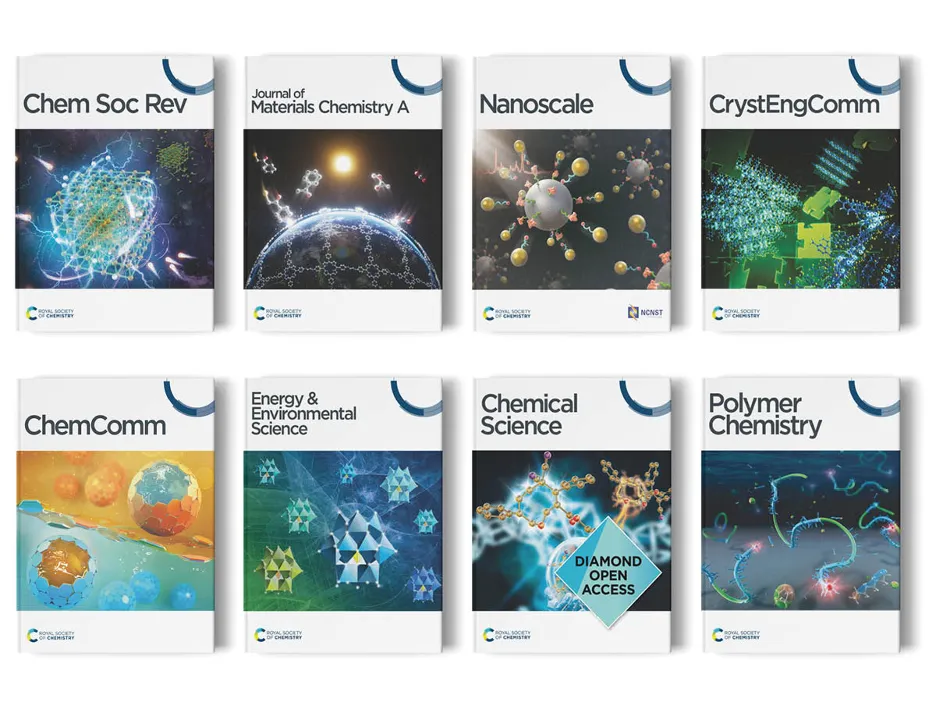Electrocatalytic C-N coupling

Submissions now open
| Deadline: | 30 August 2025 |
|---|---|
| Guest Editors: |
Graham Hutchings, Cardiff University Guangqin Li, Sun Yat-sen University Shuangyin Wang, Hunan University Ouardia Akdim, Cardiff University |
|
This themed collection focuses on gathering innovative insights and technologies to advance electrocatalytic C-N coupling, with the goal of developing a carbon-neutral strategy for environmentally benign synthesis of high-value organonitrogen compounds. With the development of renewable energy, green electrosynthesis has ushered in new opportunities. The synthesis of organonitrogen compounds from inorganic nitrogen substances, such as N2 or NOx species, through the construction of C-N bonds is of great importance in various interdisciplinary fields including synthetic chemistry, energy, medicine, and agriculture. Traditionally, these compounds are produced through energy-intensive thermal catalytic processes, leading to significant exhaust gas emissions. Therefore, it is highly desirable to develop new synthetic methodologies under mild conditions. Electrosynthesis of C-N coupled organonitrogen using carbonyl compounds and inorganic nitrogen substances not only offers a green effective pathway towards an innovative synthesis approach for producing valuable chemicals like urea, amides, and amino acids but also promotes the discovery of the origins of life and mitigates environmental pollution, underscoring the immense potential and promising future of this research field. This themed issue aims to gather cutting-edge research on electrocatalytic C-N coupling, promoting the advancement of sustainable, efficient, and eco-friendly technologies. Topics include but are not limited to:
How to submitBoth research and review articles will be considered for this themed collection. If you are interested in submitting a review-type article to this special issue, please contact the editorial office in advance with a brief proposal using the journal template. All submissions will be subject to the journal’s usual initial assessment and rigorous peer review process. The Editorial Office reserves the right to check suitability of submissions in relation to the scope of the collection and inclusion of accepted articles in the collection is not guaranteed. |
|
Inorganic Chemistry Frontiers
Impact factor
6.4 (2024)
First decision time (all)
10 days
First decision time (peer)
27 days
Editor-in-chief
Song Gao
Open access
Hybrid
Related pages

Publish with us
Get your work the international recognition that it deserves.

Our journals
We publish over 50 world-leading journals that span the core chemical sciences and related fields.

Sign up for journal email alerts
Get table of contents alerts and notifications about calls for papers, themed issues and more.